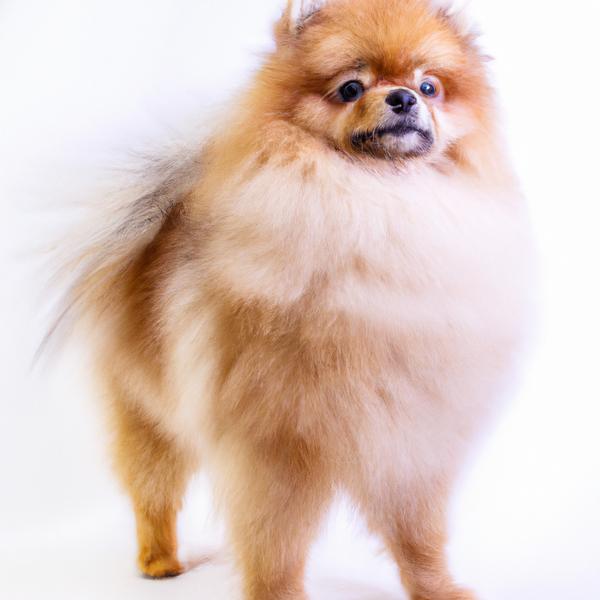Pomeranian vs. Pointer Bay: Breed Differences and Similarities
Hypoallergenic
Are Pomeranians or Pointer Bays hypoallergenic, or neither?
Unfortunately, neither Pomeranian nor Pointer Bay are hypoallergenic, which may not make them the best choice for dog lovers who suffer from pet allergies.
Temperament
What are the personalities of Pomeranian and Pointer Bay dogs?
Active
Friendly
Lively
Sociable
Extroverted
Intelligent
Playful
Attentive
Docile
Trainable
Happy
Protective
Intelligent
Affectionate
Dominant
Trainable
Bold
Quiet
Cooperative
Boisterous
Shedding Level
Do Pomeranians shed more than Pointer Bays, or which breed sheds more, Pomeranians or Pointer Bays?
Pomeranian or Pointer Bay dogs are not heavy shedders, but they will lose a significant amount of hair each year. To decrease the amount of shedding, you can regularly brush your Pomeranian or Pointer Bay. This will remove loose hair and keep their coat growing in the same direction.
Watchdog Ability
Which dog breed makes a better watchdog, the Pomeranian or Pointer Bay?
Pomeranians are decent watchdogs - they'll alert their owner if something seems amiss.
Pointer Bays make excellent watchdogs - they're vocal and protective of their territory.
Ancestry
What are the origins of Pomeranian and Pointer Bay breeds?
Norwegian Elkhound, German Spitz, Samoyed, American Eskimo Dog, Schipperke
Chesapeake Bay Retriever, German Shorthaired Pointer
Date of Birth
When were Pomeranian and Pointer Bay breeds first developed?
1800s
Unknown
Eye Color Possibilites
What are the eye colors of Pomeranian and Pointer Bay dogs?
Blue
Brown
Brown
Amber
Nose Color Possibilites
What are the natural nose colors of Pomeranian and Pointer Bay?
Black
Brown
Isabella
Brown
Coat Color Possibilites
What are the natural colors of the coat for Pomeranian and Pointer Bay breeds?
Silver
Cream
Red
Brown
Fawn
Gray
Black
White
Brown
Fawn
Black
White
Red
Coat Length
What is the typical coat length for Pomeranian and Pointer Bay breeds?
Pomeranians have medium-length coats.
Pointer Bays have coats that can be either short or medium in length.
Coat Density
What is the density of the coat of Pomeranian and Pointer Bay?
Coat Texture
What is the hair texture of Pomeranian and Pointer Bay?
Straight
Wavy
Litter Size
What is the usual litter size for Pomeranian and Pointer Bay?
A Pomeranian can have a litter of 12-16 puppies on average. However, it's worth noting that the size of the litters can vary greatly. Factors that can influence litter size include the health of the mother, breeding history, and genetics.
A Pointer Bay can have a litter of 7-12 puppies on average. However, it's worth noting that the size of the litters can vary greatly. Factors that can influence litter size include the health of the mother, breeding history, and genetics.
Adaptability
Pomeranians are highly adaptable and versatile, making them excellent companions for families and individuals of all lifestyles.
Pointer Bays are known for their adaptability and can adjust well to different environments and lifestyle changes.
Health Issues
Between Pomeranian and Pointer Bay, which breed is more prone to health problems?
While the Pomeranian breed is generally healthy, occasional vet check-ups are still necessary to address any health concerns.
Pointer Bays typically have low vet costs due to their good health, but it's important to monitor their health and seek vet care when necessary.
Major Concerns
What are the major health concerns for Pomeranian and Pointer Bay breeds?
Patellar Luxation
Entropion
Mono/Bilateral Cryptorchidism
Legg-Calve-Perthes Disease
Collapsed Trachea
Canine Hip Dysplasia
Lymphedema
Subaortic Stenosis
Gastric Dilation Volvulus (GDV) or Bloat
Minor Concerns
What minor health issues should be kept in mind when owning Pomeranian and Pointer Bay?
Cataracts
Allergies
Epilepsy
Entropion
Ectropion
Cataracts
Lupoid Dermatitis
Progressive Retinal Atrophy (PRA)
vonWillebrand’s Disease
Third Eye (Cherry Eye)
Occasional Tests
What occasional tests are recommended for Pomeranian and Pointer Bay breeds?
Eye
Knee
X-Rays
MRI
Eye Examination
Physical Examination
Allergy Tests
Hip X-Rays
Eye Examination
Skin Evaluation
Genetic Testing
Chest X-rays
Electrocardiograph (ECG - measures rate and rhythm)
Energy
How do the energy levels of Pomeranians and Pointer Bays compare?
Pomeranians are suitable for those with a balanced lifestyle as they have an average energy level.
Pointer Bays' high energy levels make them unsuitable for a low-key dog, choose accordingly.
Social Needs
Pomeranian vs Pointer Bay social needs comparison
Pomeranian has very high social needs and requires regular mental and physical stimulation, a job or purpose, and companionship.
Pointer Bay has average social needs and is less independent than other breeds.
Exercise Needed
Pomeranian vs Pointer Bay exercise need comparison.
Pomeranians need only a small amount of physical activity, ideal for busy or elderly people or those with limited space.
Pointer Bays need moderate physical activity and are great for families and active individuals.
Sleeping Need
Which of the two sleeps the most/least: Pomeranian or Pointer Bay?
Pomeranians have moderate energy levels and typical sleep patterns of 12-14 hours per day.
Pointer Bays are active and require sufficient sleep to stay healthy.
Tendency to Bark
Do Pomeranians or Pointer Bays bark more/less frequently?
Pomeranian and Pointer Bay are vocal breeds, with a tendency to bark and howl frequently. They may not be the best fit for those seeking a quiet companion. Their barks can vary and can indicate different emotions and needs.
Mouthiness
Mouthiness Comparison: Pomeranian vs Pointer Bay?
Roaming urge
Pomeranian vs Labrador: Running away tendency?
Prey Drive
Pomeranian or Pointer Bay - which breed has a higher level of prey drive?
Activity Level
Which breed has higher energy, Pomeranians or Pointer Bays?
Pomeranians are medium-energy dogs and typically enjoy socializing and playing casual or even sustained games of chase with other dogs. They may also have occasional periods of barking or racing around the house.
Pointer Bays are high-energy dogs. They need mental as well as physical exercise. These dogs require a lot of your involvement and without it they can, and will, become problematic dogs.
Tolerance of being left alone
Walks per Week
How many miles should Pomeranian or Pointer Bay walk each week?
There's really no limit to how far you walk your dog as long as they're comfortable. For Pomeranian, it's at least 5 miles / week. Just remember to build distance and stamina gradually over time.
There's really no limit to how far you walk your dog as long as they're comfortable. For Pointer Bay, it's at least 14 miles / week. Just remember to build distance and stamina gradually over time.
Activity per Day
Do Pomeranians or Pointer Bays require more exercise?
In general most Pomeranians usually need at least 40 minutes of exercise daily. This can be spread across the day and include all sorts of high-energy activities, like walking, running and playing.
In general most Pointer Bays usually need at least 90 minutes of exercise daily. This can be spread across the day and include all sorts of high-energy activities, like walking, running and playing.
Grooming
Which breed is easier to maintain in terms of grooming, Pomeranians or Pointer Bays?
The Pomeranian requires an average amount of grooming compared to other breeds.
The Pointer Bay has low grooming needs and is easy to maintain.
Brushing Frequency
What is the recommended brushing frequency for Pomeranian and Pointer Bay dogs?
Ideally, Pomeranian should be brushed at least 2 or 3 times a week (preferably daily) improve shedding.
Pointer Bay should be brushed at least once a week. Of course you can give them more frequent brushes if you find that they are still shedding a lot
Brushing Tools
What brushing tools are used for Pomeranians and Pointer Bays?
Slicker Brush
Comb
Deshedder
Nail Clipper
Slicker Brush
Comb
Deshedder
Nail Clipper
Cups
How much food should be given to Pomeranian or Pointer Bay in cups?
For an average 3-7 pound (1 - 3 kg) Pomeranian feed 1 cups daily. But, keep in mind, the amount you feed is going to be dependent on the quality of the food you are feeding.
For an average 60-75 pound (27 - 34 kg) Pointer Bay feed 2.5 cups daily. But, keep in mind, the amount you feed is going to be dependent on the quality of the food you are feeding.
Daily Cost
Which breed has a higher daily cost, Pomeranian or Pointer Bay?
The average cost of a Pomeranian is somewhere $1.40 - $2.80 per day.
The average cost of a Pointer Bay is somewhere $1.70 - $2.00 per day.
Monthly Cost
Which breed has a higher monthly cost, Pomeranian or Pointer Bay?
The average per month expenses of a Pomeranian is between $35 - $42. This makes an average of $420 - $504 per year. It will be on the higher side when the dog is still small because it will need more frequent visits to the vet, shots.
The average per month expenses of a Pointer Bay is between $48 - $63. This makes an average of $576 - $756 per year. It will be on the higher side when the dog is still small because it will need more frequent visits to the vet, shots.
Intelligence
Comparing Intelligence: Pomeranians vs Pointer Bays
Pomeranian is a very intelligent and trainable breed.
Pointer Bay is highly intelligent and very trainable.
Sensitivity Level
How do Pomeranian and Pointer Bay compare in sensitivity?
These breeds are more sensitive than others and easily overwhelmed by new surroundings and people. Pomeranian and Pointer Bay need gentle handling and a calm, stable home environment with positive reinforcement training.
Affection Dependance
Which is the more affectionate dog breed: Pomeranian vs Pointer Bay?
Apartment Friendly
Which breed is more apartment-friendly: Pomeranian or Pointer Bay?
Pomeranians make excellent apartment dogs, being fairly active indoors and not requiring a yard.
The Pointer Bay is not suitable for apartments and requires a large yard to thrive. Pent-up energy in small spaces can lead to destructive behavior.
Child Friendly
Do Pomeranians or Pointer Bays have a friendlier temperament towards children?
Pomeranians are not the best choice for families with kids.
Pointer Bays are good with kids if socialized and trained from a young age.
Senior-friendly
Which dog is more suitable as a pet for the elderly - Pomeranian or Pointer Bay?
Cat Friendly
Do Pomeranian or Pointer Bay breeds have a better compatibility with cats?
Pomeranians are very friendly with cats and make great companions for them.
Pointer Bays are somewhat cat friendly and can be trained to get along with cats.
Dog Friendly
Which breed is more sociable with other dogs: Pomeranian or Pointer Bay?
{Pomeranians and Pointer Bays are average friendly towards other dogs. If they are raised with other dogs, they are likely to get along with them. And, if they are socialized properly from a young age, they will usually be great with other dogs.
Pet friendly
How do Pomeranian or Pointer Bay dogs interact with other pets?
Stranger Friendly
Which breed is more friendly with strangers: Pomeranian or Pointer Bay?
Pomeranians are quick to announce strangers and can be standoffish or suspicious.
Pointer Bays are averagely friendly around strangers but benefit from early socialisation.
Playfulness
Which breed is more playful between Pomeranian and Pointer Bay?
Pomeranians have an average level of playfulness, enjoying playtime like most dogs but not excessively so.
Pointer Bays are very playful, so adopting an older one might be a better option for a more relaxed experience.
Trainability
How do the trainability levels of Pomeranians and Pointer Bays compare?
Pomeranian and Pointer Bay dogs are known for their ease of training and ability to learn quickly, making them a popular choice for pet owners and trainers alike.
Compare Pomeranian with other breeds
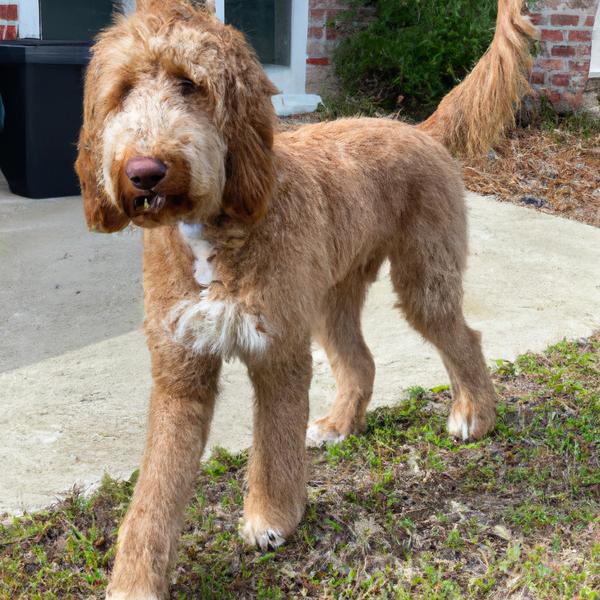
Redbone Coonoodle
Pomeranian vs Redbone Coonoodle
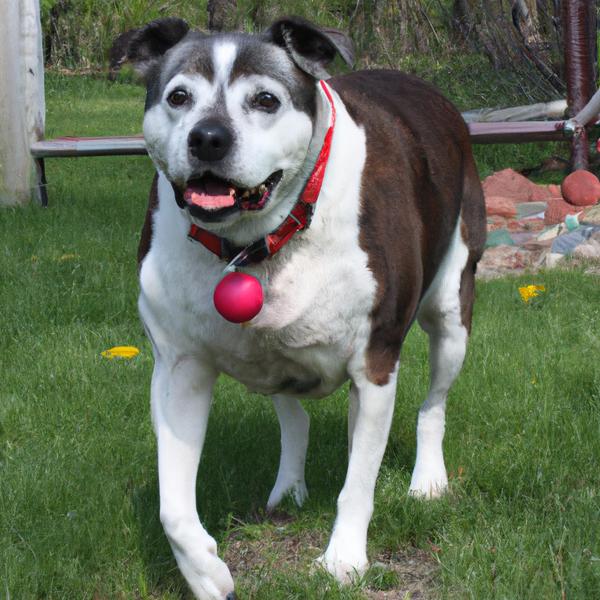
Olde Pit Bulldogge
Pomeranian vs Olde Pit Bulldogge
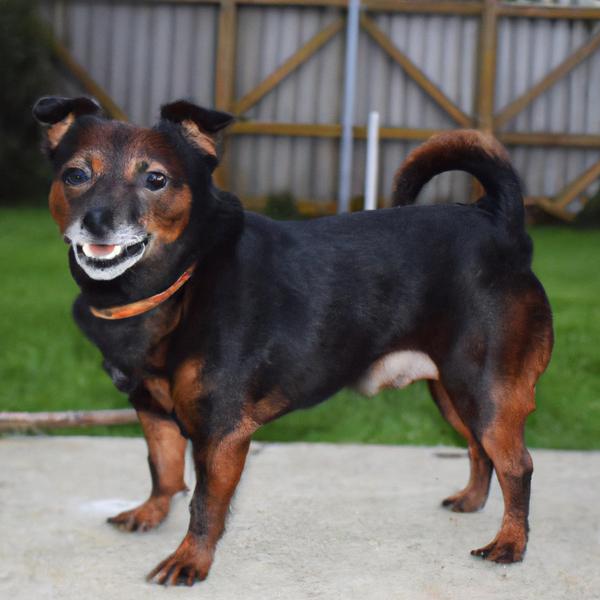
Patterjack
Pomeranian vs Patterjack
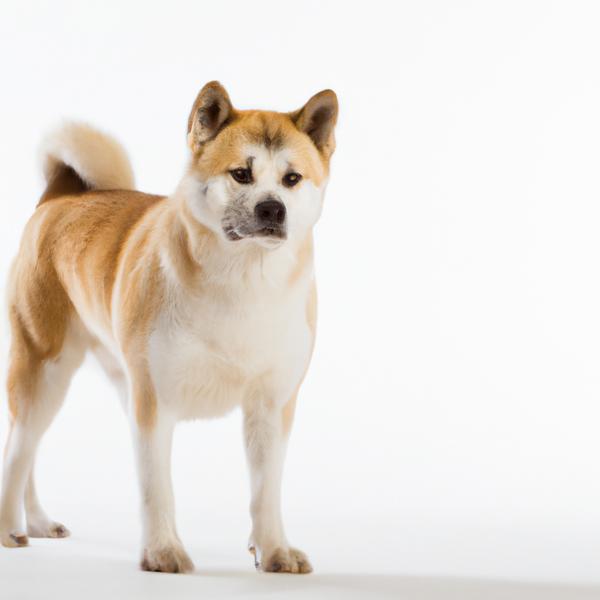
Sco-Shi
Pomeranian vs Sco-Shi
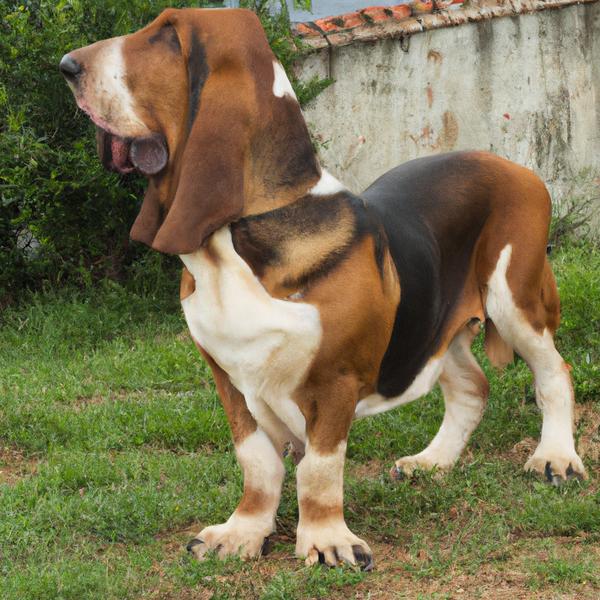
Basset Shepherd
Pomeranian vs Basset Shepherd
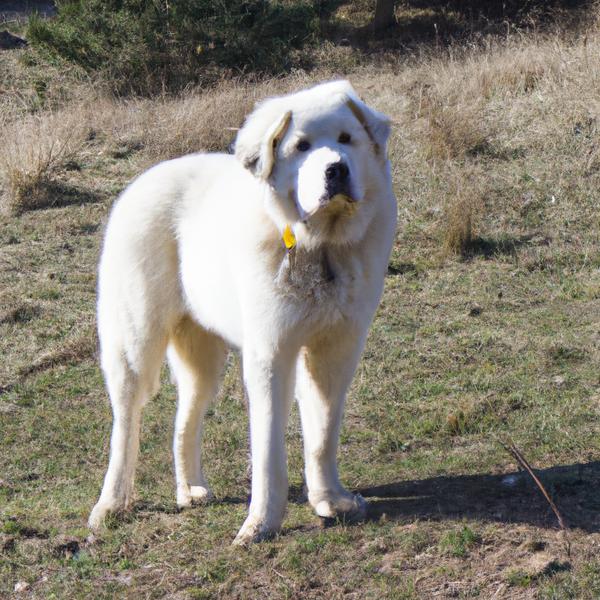
Saint Pyrenees
Pomeranian vs Saint Pyrenees
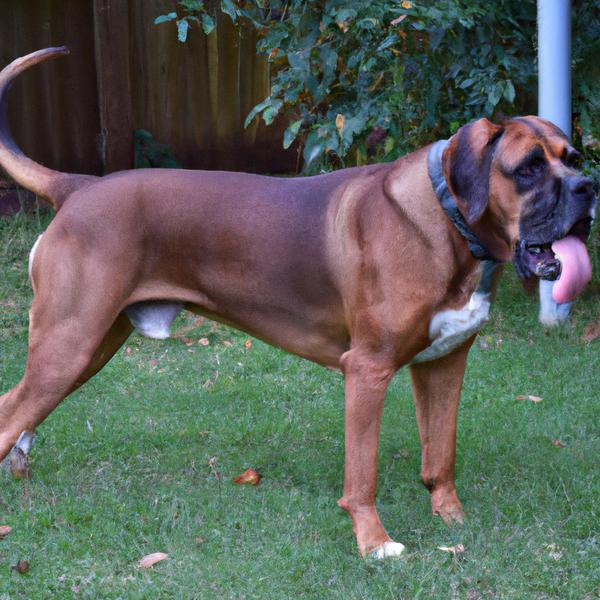
Boxer Basset
Pomeranian vs Boxer Basset
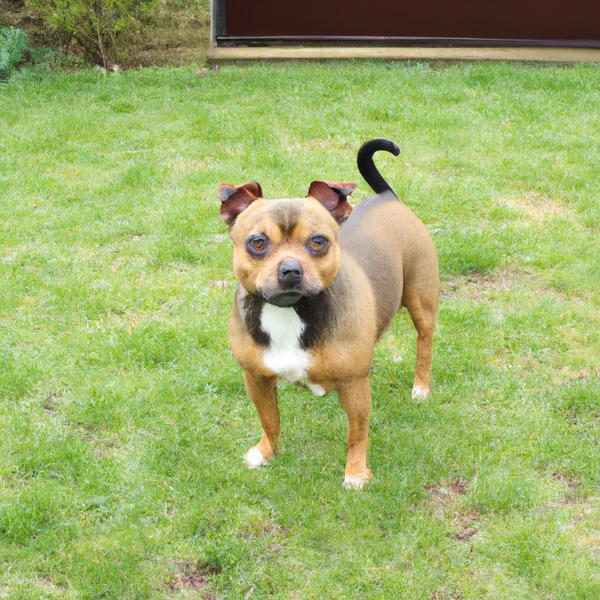
Chi Staffy Bull
Pomeranian vs Chi Staffy Bull

Eskifon
Pomeranian vs Eskifon
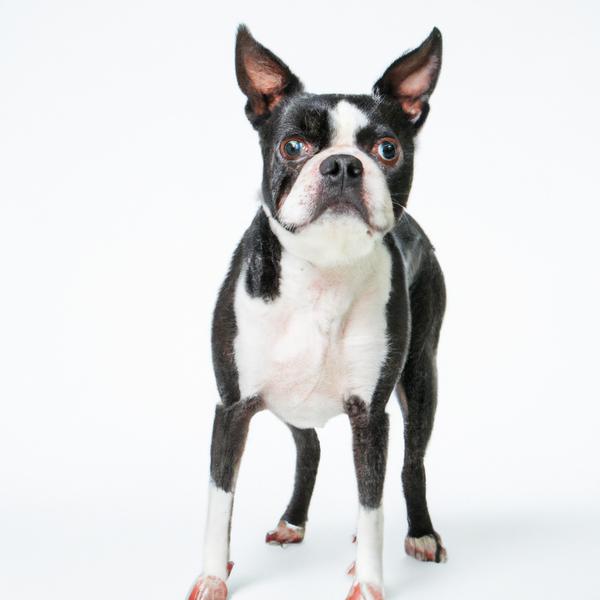
Boston Malterrier
Pomeranian vs Boston Malterrier
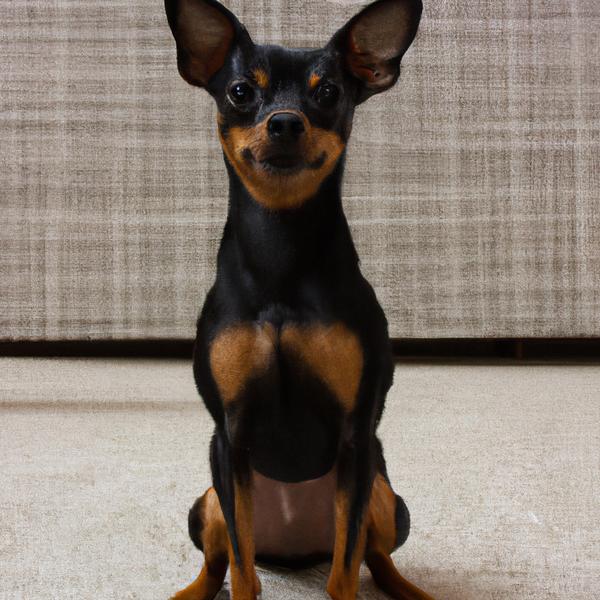
Mini Ratzer
Pomeranian vs Mini Ratzer

Peke-A-Chon
Pomeranian vs Peke-A-Chon
